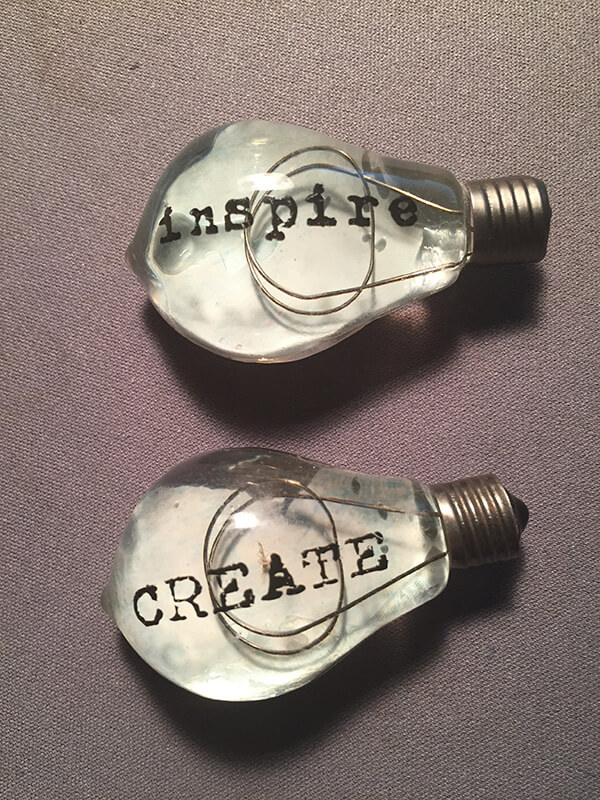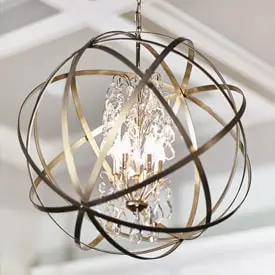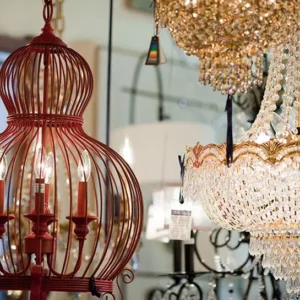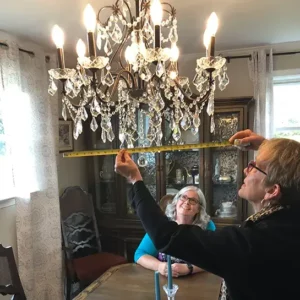I have blogged often about light bulbs but it is worth repeating. Most often, fixtures are purchased with beauty, style and desire in mind. We don’t necessarily consider important issues such as specific lighting needs of the room and how to save money on energy bills. Saving energy starts with selecting the correct bulb. Compact fluorescent (CFLs) and light-emitting diodes (LEDs) are much more efficient than the incandescent and halogen bulbs that we have hoarded and used for many, many years. Energystar.gov estimates that you can save $75 a year by replacing your old incandescent bulbs and light fixtures with CFLs or LEDs. The price of LEDs has come down drastically over the past few years, so why wouldn’t you switch? Of course, the downside of CFLs is that they contain a small amount of toxic mercury that can be released in your home, should one break.
A little lesson on watts and lumens: Watts indicate how much energy (and money) is used to produce light. Lumens indicate how much light the bulb produces. An example is an 800-lumen bulb is about equal to the amount of light you get from a traditional 60-watt incandescent. Thanks to some research Cooperative Living did in their December 2017 magazine I will share with you the findings that compare a 60-watt incandescent bulb based on two hours per day of use to the following:
-LED bulb of 12 watts, 50,000 hours lifespan at an annual energy cost of $1.00
-CFL bulb of 15 watts, 9,000 hours lifespan at an annual energy cost of $1.20
-Halogen bulb with 43 watts, 1,000 hours lifespan at an annual energy cost of $4.80
To be continued next time.
If you have questions or helpful suggestions, please contact us. I would love to blog about Q and As our customers have.
Nancy Brewer







